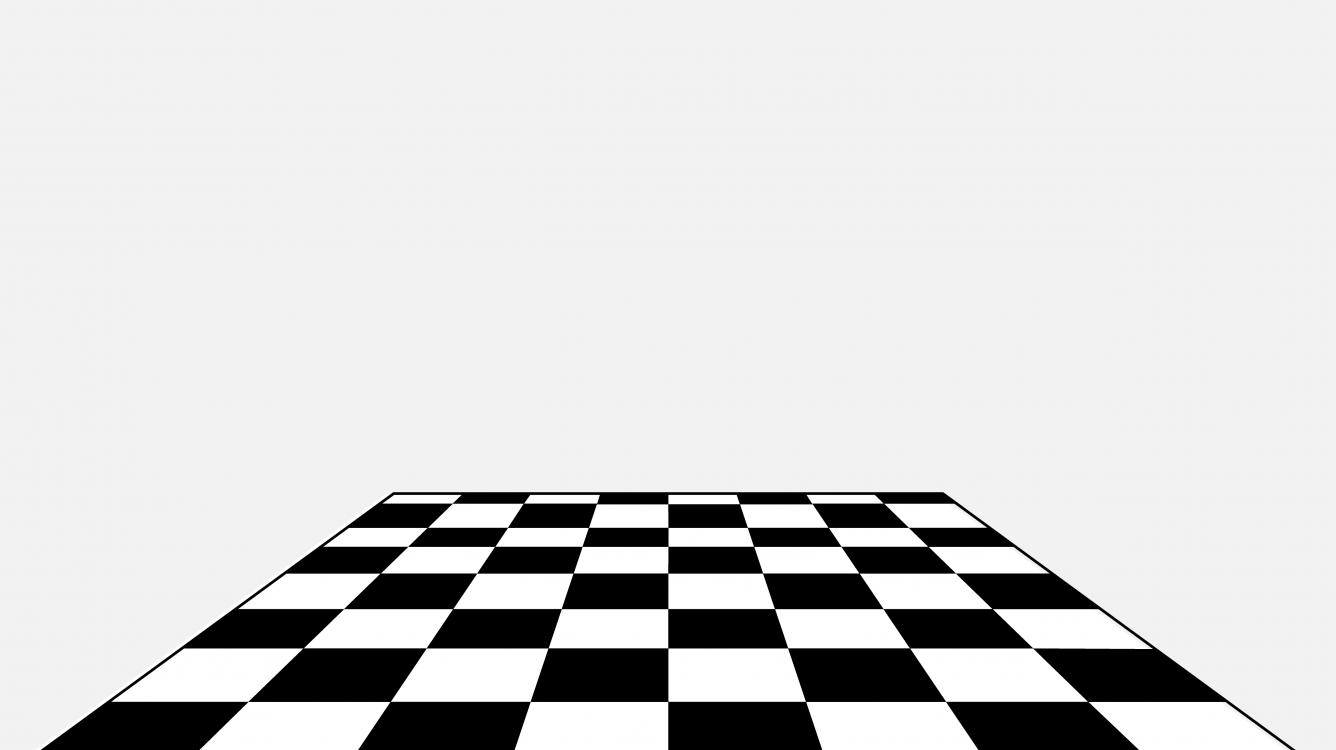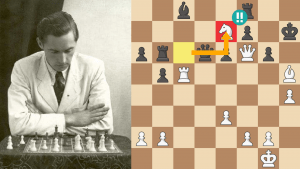
I’m Passionate About Squares
Many chess players have a limited understanding of the game. They think it’s all about mating the enemy king. They think it’s all about tactics and attack. They think it’s about creating threats. Of course, all these things are indeed part of chess, but there is so much more. And it’s these “other” things that turn a random “threat and tactics” player into a person who stands above the masses.
In this article I’ll discuss the creation of weak squares. Note that I said the creation of weak squares. Anyone can see a weak square/hole in the center of the board and plonk his knight there. But creating one and making use of it is an art that all players should embrace.

First off, a quick explanation about what a weak square is.
White has just created a weak square (d4) in his own camp. Why is it weak? Because none of his pawns can defend it. Compare this with Black’s d5-square. This isn’t a weak square because ...c7-c6 will chase away any enemy pieces. Of course, in many cases these weak squares aren’t important since the opponent (Black in this case) can’t reach it, or White’s pieces will keep the riffraff off of it, or it’s simply so far away from the battlefield that nobody wants it! In the position after 1.e4 e5 2.c4 Black will probably leap on that d4-hole with 2...Nc6 followed by 3...Bc5.
But this article is about creating a hole in the enemy camp (in the case of 1.e4 e5 2.c4 White did it to himself for no reason whatsoever!), and if you’re playing a reasonably strong opponent he’ll probably not gift you with a square. Thus, you need to do it yourself by, somehow, weakening a square in the opponent’s territory.
Take a look at the following sequence:
Arnold Z. Mothmouth dreams of the following position:
Very nice. Black is dead meat since the d6-square is owned lock, stock, and barrel by White (two knights, the c5-pawn, and the queen all eye the d6-square). Arnold Z Mothmouth, who is one of the most greedy people on Earth, also gave himself the move (what a kind fellow!). After all, it’s his dream.
The problem with Arnold Z. Mothmouth’s fantasy is that, once he wakes up, he’ll realize that Black can move too!
This example teaches us several things:
- Arnold Z. Mothmouth is clearly insane.
- Daydreaming is great, but in chess reality is boss.
- Whenever you come up with a plan, make sure you take into account your opponent’s plans and moves. If he can easily thwart your concept, look for something else.
- The mere fact that Arnold Z Mothmouth tried to create a hole and make use of it is a very good sign. Let’s all hope that he starts taking his meds again.
Now let’s look at something similar:
How would you play this position?
REMEMBER: Though weak squares can simply appear due to poor play by your opponent, the real test of chess know-how is to create them.
Since I’m giving some puzzles here, I’ll (once again!) offer a public service concerning notes in the puzzles:
Whenever I give puzzles, quite a few people don’t realize that they can press the question mark at the bottom left of the board and see various notes. Another bit of puzzle confusion is alternative moves. Yes, there are many situations where there is more than one really good move (or even multiple ways to mate!). When this occurs they think that I missed it. No, I didn’t. The problem is that the software will only allow one “best” move. Fortunately, I will usually have mentioned the moves you were screaming about in the notes!
Here’s a simple little puzzle. Both sides haven’t finished their development. How should White continue?
So far we’ve seen Karpov create a hole that gave him a very nice positional advantage. Then we had a puzzle that created a hole (and other weak squares!) which led to some very cool tactics. Now we’ll see a hole giving White both positional play and tactics.
Now It's Time For A True Masterpiece:
Black threatens to get a very good position with 16...f7-f5. White can stop it with 16.Bf5 but that hangs the c4-pawn. And 16.e4 stops Black’s ...f7-f5 and claims the f5-square, but it gives Black a hole on d4 and also kills White’s bishop. What can White do?
We’ll stop for a moment and take a look at why 16.Bh7+ was so important. If Black had played 20...Qe6 instead of 20...Rcd8, how would you play for White?
Back to the actual game!
We’ll stop again to show you why 16.Bh7+ was so important. In the game Black played 21...Rd5, but what can White do if Black plays 21...Qe6?
Another stop, another puzzle. Let’s see what happens (instead of the game move, 30...Kh7) after 30...axb3 31.axb3 Rxb3:
And back to the actual game we go:
I’ll stop one more time so that you can try and find White’s best play if Black played 32...axb3 instead of 32...Rh8:
Here is the rest of the actual game:
An absolutely brilliant game, mixing positional mastery and fantastic tactics!
For those that want to study more about squares, I wrote (way back in 2015!) a seven-part series called “Mastering Squares.” Check it out.






